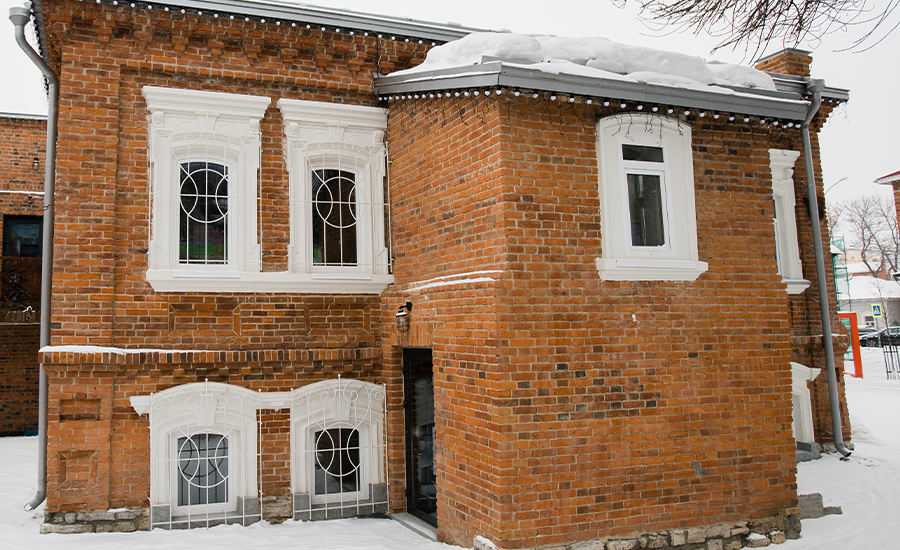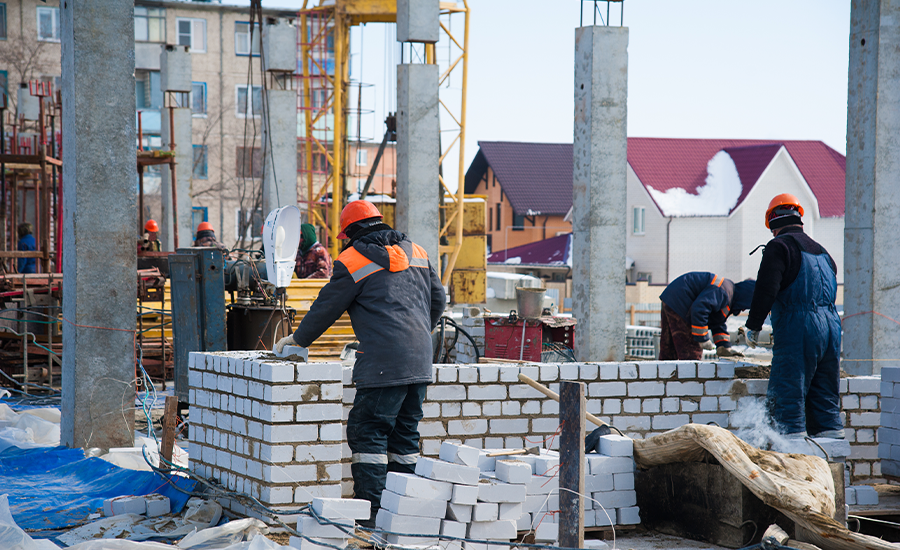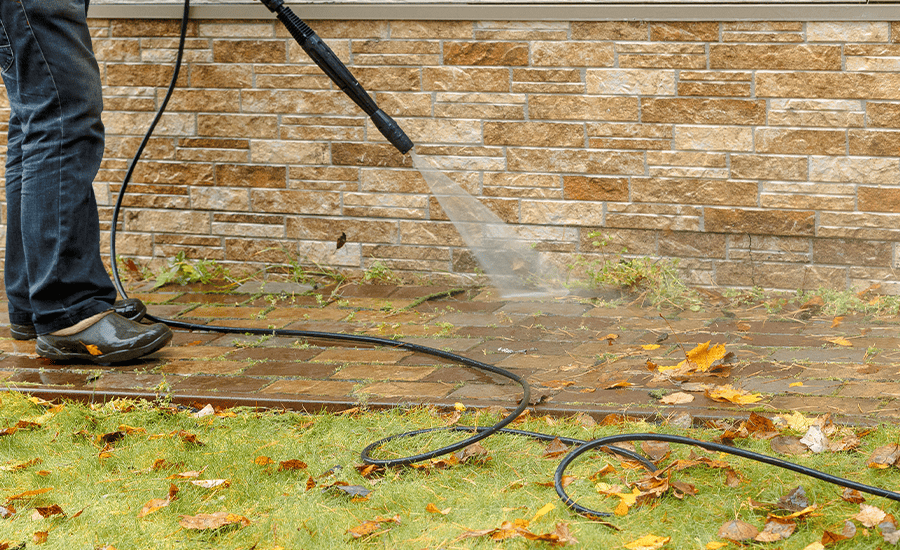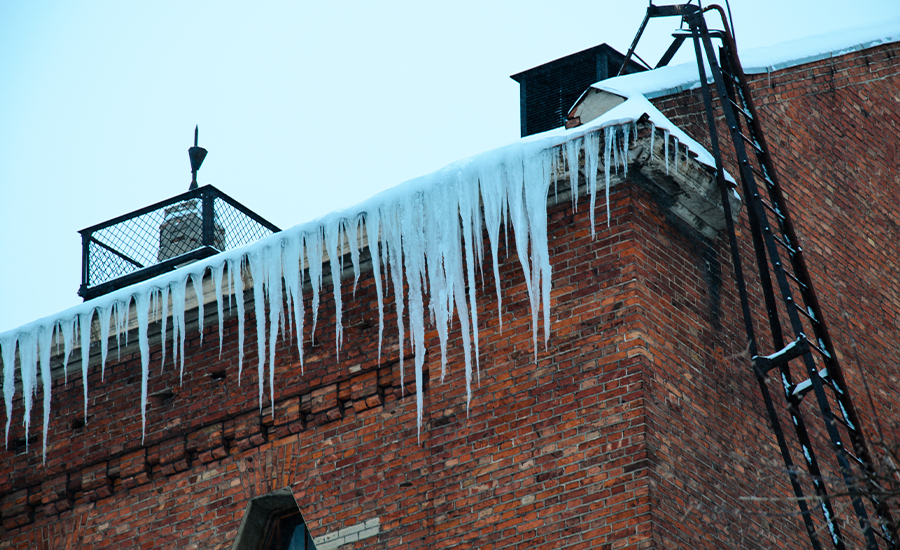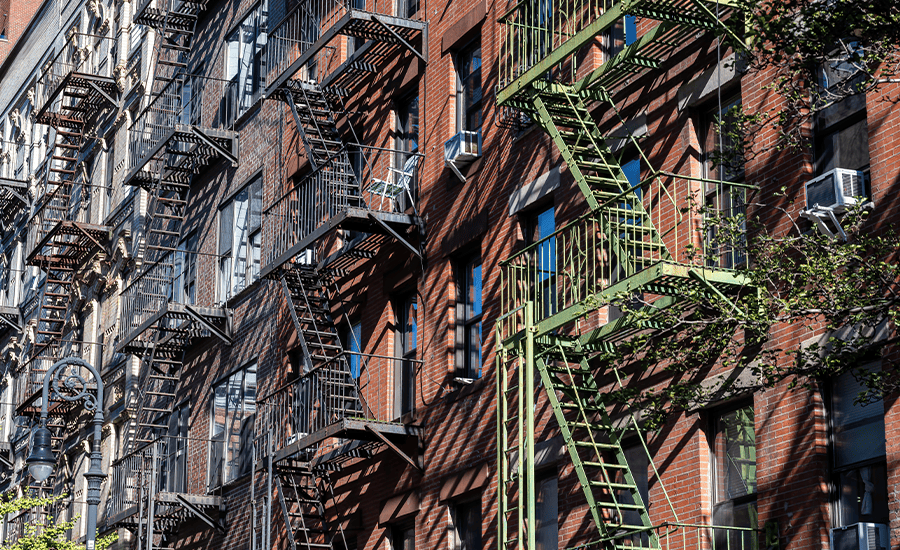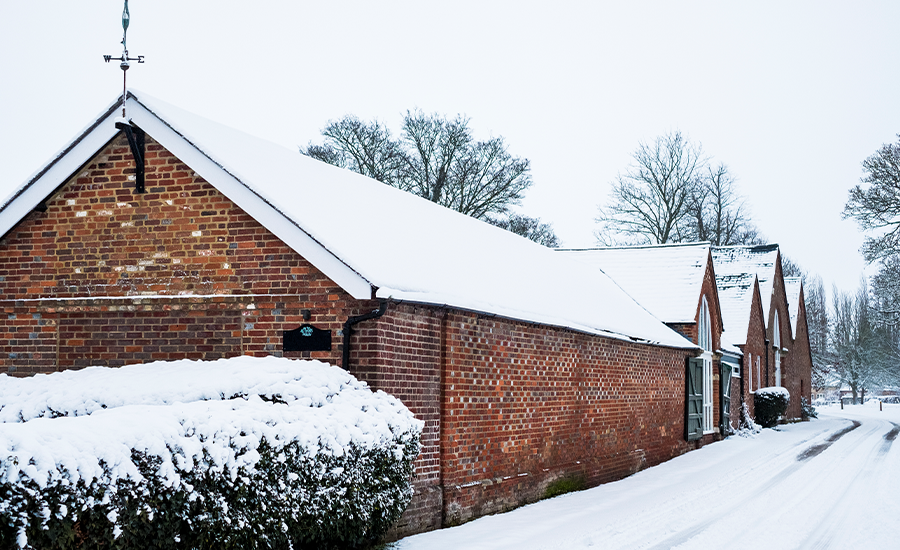Brickwork is the most delicate part of construction in residential and commercial properties. Still, when it comes to brickwork repairs, it becomes tricky and complicated in winter, as the mortar takes longer to cure and adhere. Be it brick pointing, brick replacement, repairs, or installation, it needs a proper insulated environment and appropriate temperature above 40°F with adequate safety precautions using heated enclosures, tarps, and winter-grade mortars. Working in freezing conditions without precautions can lead to weak joints, cracking, and costly rework, so it is essential to plan your brickwork repairs before the cold storm comes in. Make sure to delay all the brickwork repairs when the temperature is freezing, like below 20° F, to prevent structural damage.
In this blog, we’ll explore the winter precautions, temperature settings, and consequences of doing brickwork in cold weather.
Why Controlling Temperature Is Essential for Brickwork Repairs?
Temperatures play an essential role in handling brickwork, and it’s important to have mastery in temperature control because even skilled masonry can fail.
- Keep the mortar consistency appropriate so that it can cure properly in warm weather.
- Ice or snow undermines the connection between bricks and mortar.
- Temperature below the freezing point can delay the mortar curing process.
- Repeated expansion and contraction due to freezing fluctuating temperatures deteriorate the brick and mortar joints.
Contractors often suggest checking whether repointing should be done before winter arrives, as cold conditions can affect the bonding process.
Acceptable Temperature Ranges for Brickwork
The table below shows that the temperatures are suitable for brickwork in cold weather:
| Ideal working temperature | Advised Work |
|---|---|
| Above 40°F | It is safe to meet winter masonry standards. |
| 32°F–40°F | Make sure to work only with heated materials. |
| 20°F–32°F | Make sure to keep the workspace insulated and retain the warmth. |
| Below 20°F | Do not work in this temperature and delay the work until a fully heated setup is available. |
Winter Season Challenges Aside from Temperature
Managing temperature is not the only challenge in winter while doing brickwork repairs; it also includes the following factors.
- Cold-stress factor: It accelerates heat loss from the masonry.
- Moisture content: Consistent snow disrupts bonding.
- Water intake rate: Excess water absorption lowers mortar strength.
- Mortar Formulation: Some mixes have low-temperature additives.
- How much weather the wall faces: Shaded or north-facing walls freeze faster.
Moisture plays a major role in winter masonry issues, similar to the challenges seen during heavy rainfall in brick pointing projects.
Cold-Weather Protection For Brickwork Repairs
Here are some critical steps to take before brickwork repairs to keep your masonry intact from cold weather:
Pre-warm masonry units
- Formulate the mortar mixes indoors and keep the bricks inside the home.
- Always use warm water for mixing.
Insulate the workspace
- Use temporary heated enclosures or tents.
- Employ insulated tarps and windbreaks.
- Use safe space heaters designed for masonry.
Control the mortar Temperature
- Make sure the mortar stays above 40°F for 24–48 hours.
Protect uncured mortar
- Use good-quality tarps and insulated blankets to safeguard the repaired joints and bricks.
Ensure Frost-free Surfaces
- Make sure to clean the base of any ice or snow for proper mortar adhesion.
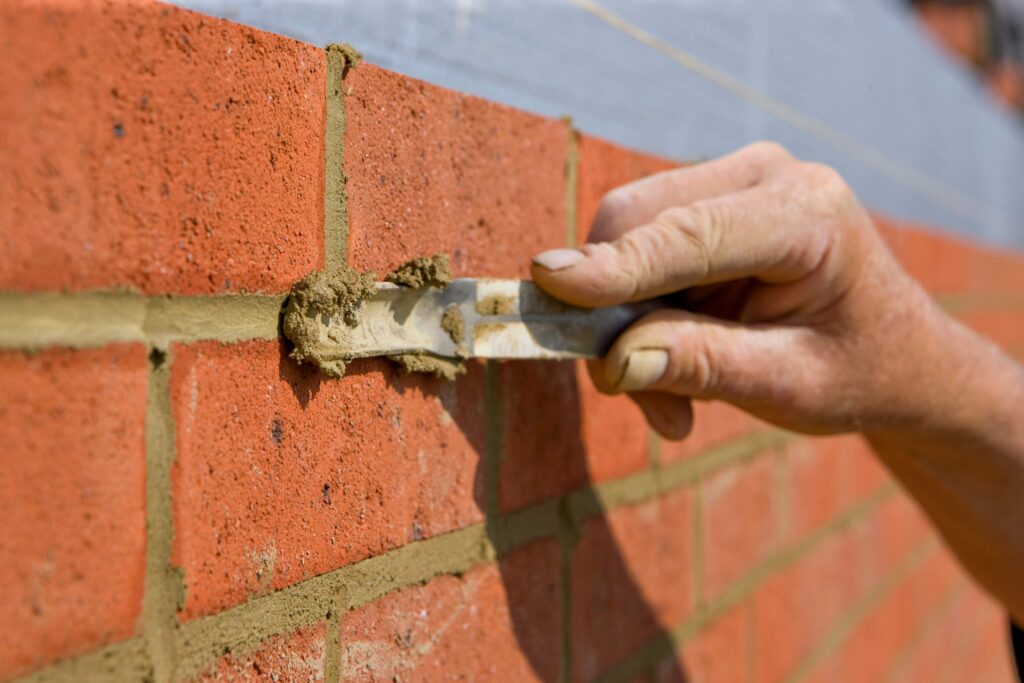
Before starting repairs, make sure the wall isn’t already showing signs of deterioration, especially in areas like Manhattan where mortar wear is common.
What Happen When Masonry Is Done In Extreme Cold?
Your masonry work is in extreme danger if it’s done in too cold weather conditions, as the mortar doesn’t cure properly, and the following damage occurs:
- Mortar may crumble or flake.
- Joints can crack or separate.
- Bricks may spall from trapped moisture.
- Weak bonding leads to shifting or loose bricks.
- Color inconsistency in mortar joints.
- Repair may fail within weeks or months, requiring a redo.
Conclusion
Cold weather makes brickwork repairs more sensitive, and even a small mistake can weaken the entire structure. When temperatures drop too low, mortar struggles to set and bricks fail to bond properly. Planning repairs around safe temperature ranges keeps your masonry strong and prevents costly issues later. With the right precautions, materials, and insulation, winter repairs can still be done safely. Always prioritize proper curing conditions to protect your property.
Sardar Restoration Corp proudly serves every corner of NYC, including the Bronx, Manhattan, Brooklyn, Westchester, and Queens. Our services are designed to meet your specific needs, providing top-quality solutions wherever you are. Check our service areas to see how we can assist you in your location.
Contact us today at (+1) 917-355-8556 or sardarrestoration@gmail.com, or visit us at 2770 Fish Ave, Bronx, NY 10469, United States.
FAQs
Do you do brickwork repairs in the winter?
Yes! Sardar Restoration Corp. Performs Brickwork, including repairs and restorations, in winter by taking all the safety precautions using winter-grade materials and heated enclosures.
Do winter-grade mortars really improve cold-weather brickwork?
Yes, winter-grade mixes are formulated to set faster and resist freezing, which helps the mortar cure properly in lower temperatures.
How cold is too cold for brickwork repairs?
The ideal temperature for Brickwork repairs in winter is 40°F (4°C), with a range of 32°F to 40°F; extra precautions are required.
How long do you protect new brickwork in the cold?
Yes! Sardar Restoration Corp. protects your new brickwork from cold weather for 24–48 hours, ensuring mortar sets before exposure to freezing temperatures or wind.
Can brickwork repairs be done at night during winter?
Night temperatures often fall below the safe range for mortar curing, so repairs should only be done if heated enclosures and proper insulation are available.
How can I tell if cold-weather brickwork was done incorrectly?
By looking at the following signs, you may tell that your brickwork was done incorrectly without proper safety precautions:
- Powdery mortar
- Gaps between brick and mortar
- Cracks or spalling bricks
- Loose or shifting bricks
How do I know if the temperature is safe for brickwork repairs?
Use a surface thermometer or check local weather updates. Work should only begin when temperatures stay above 40°F or when a controlled heated workspace is set up.

